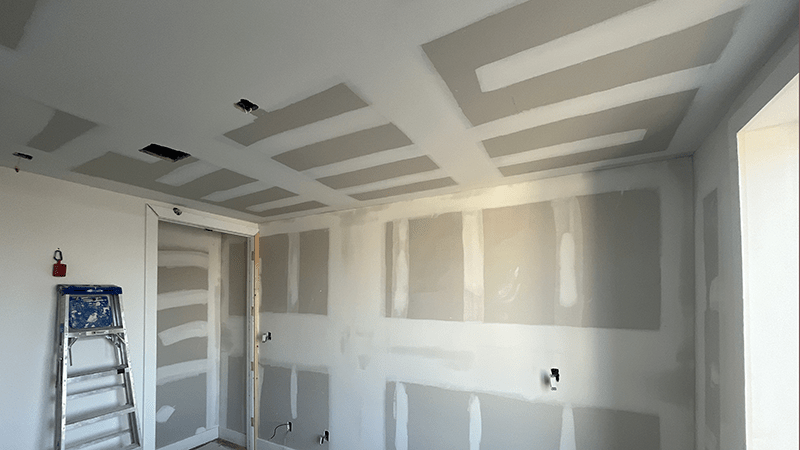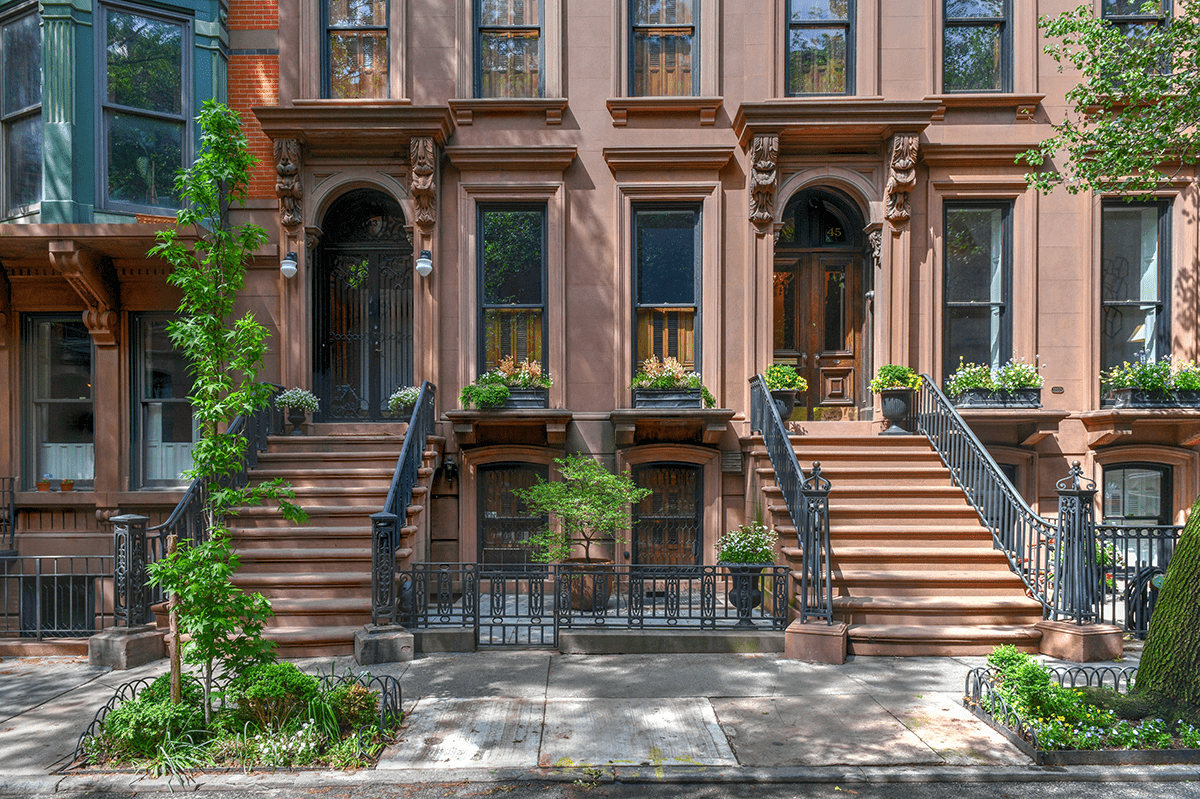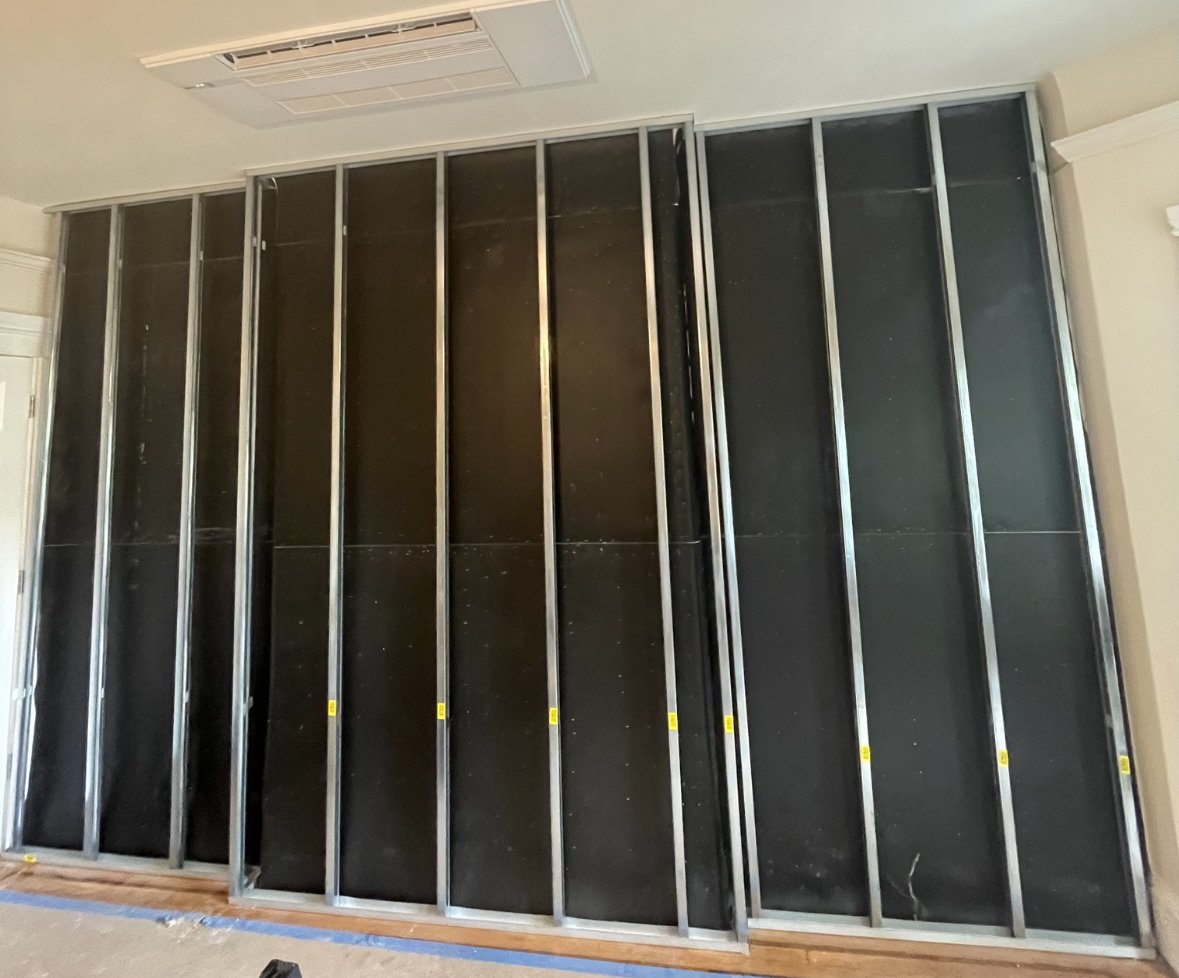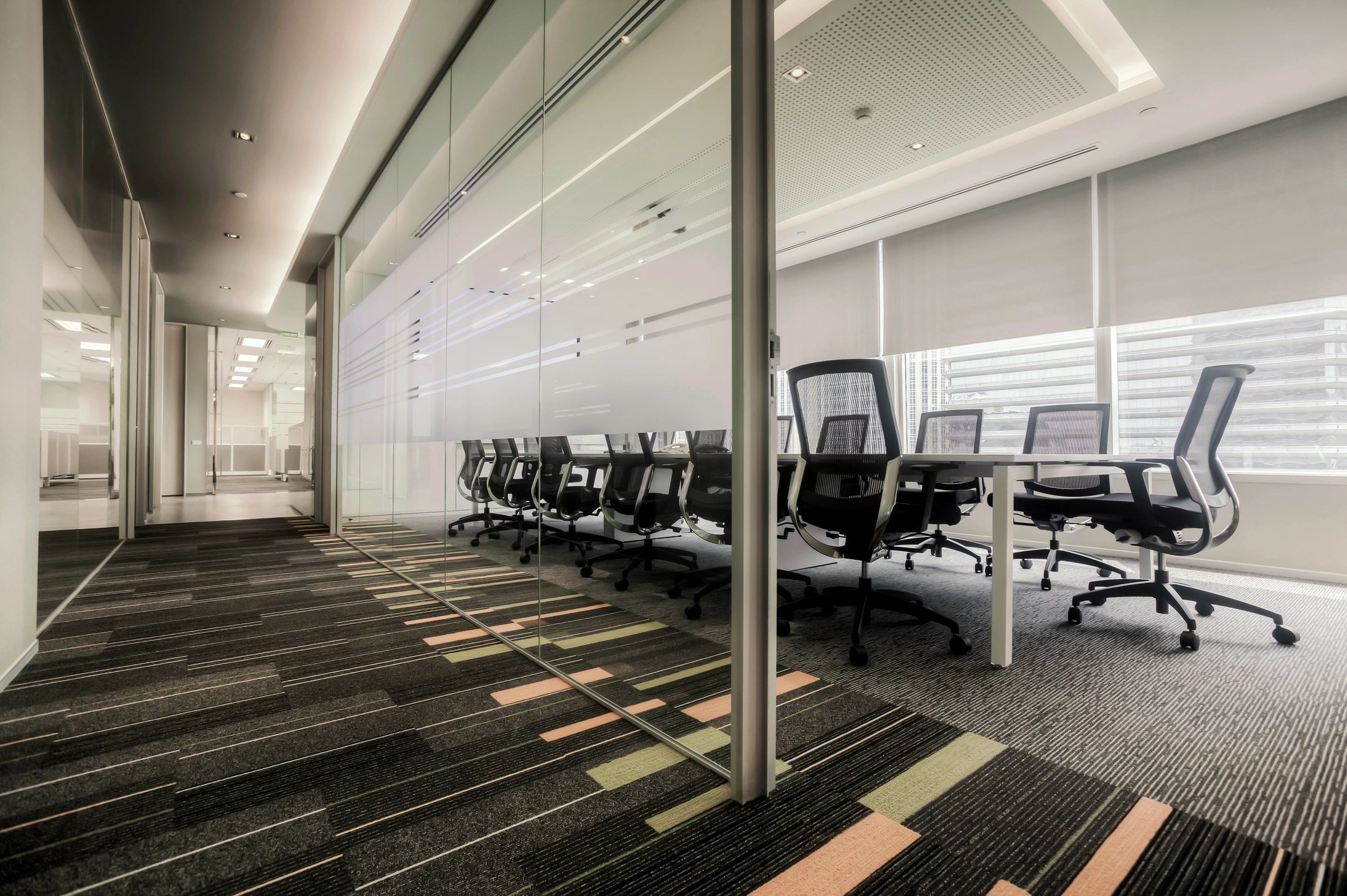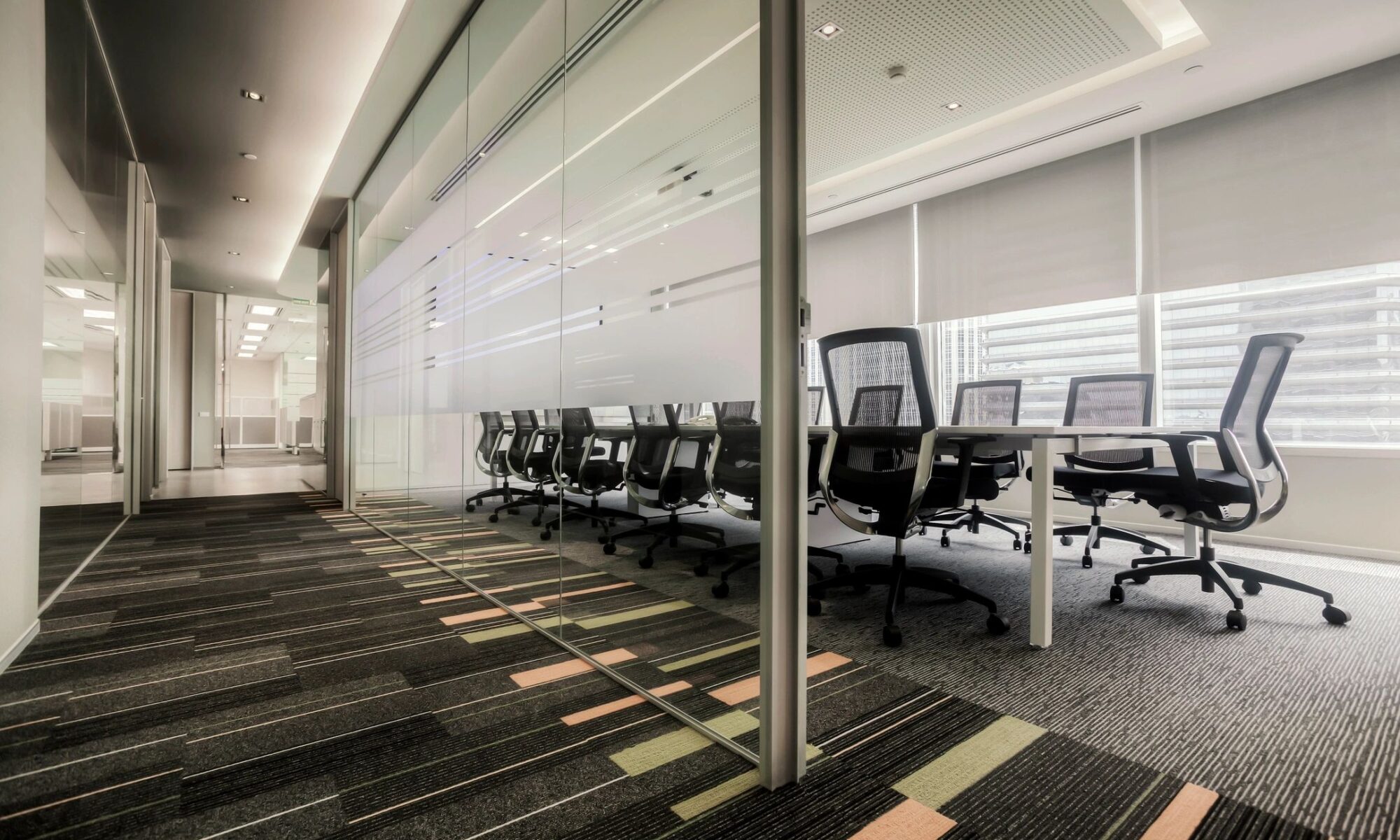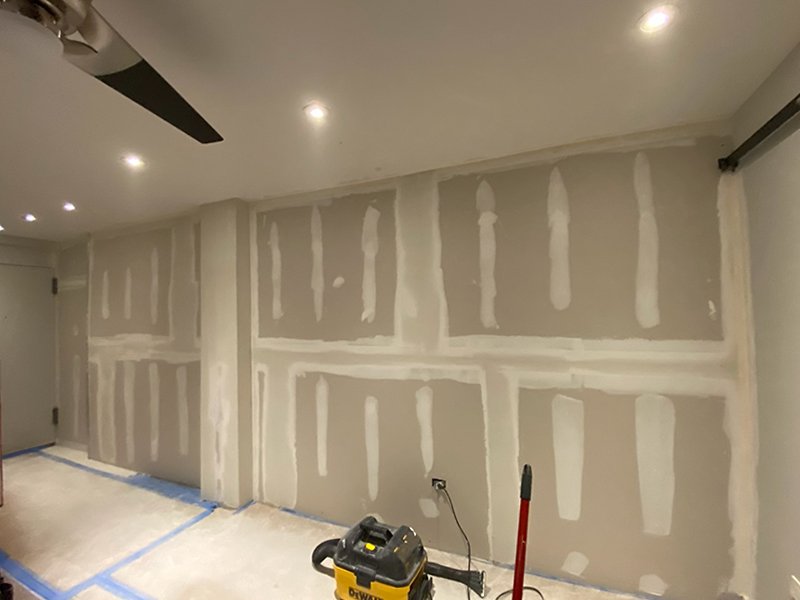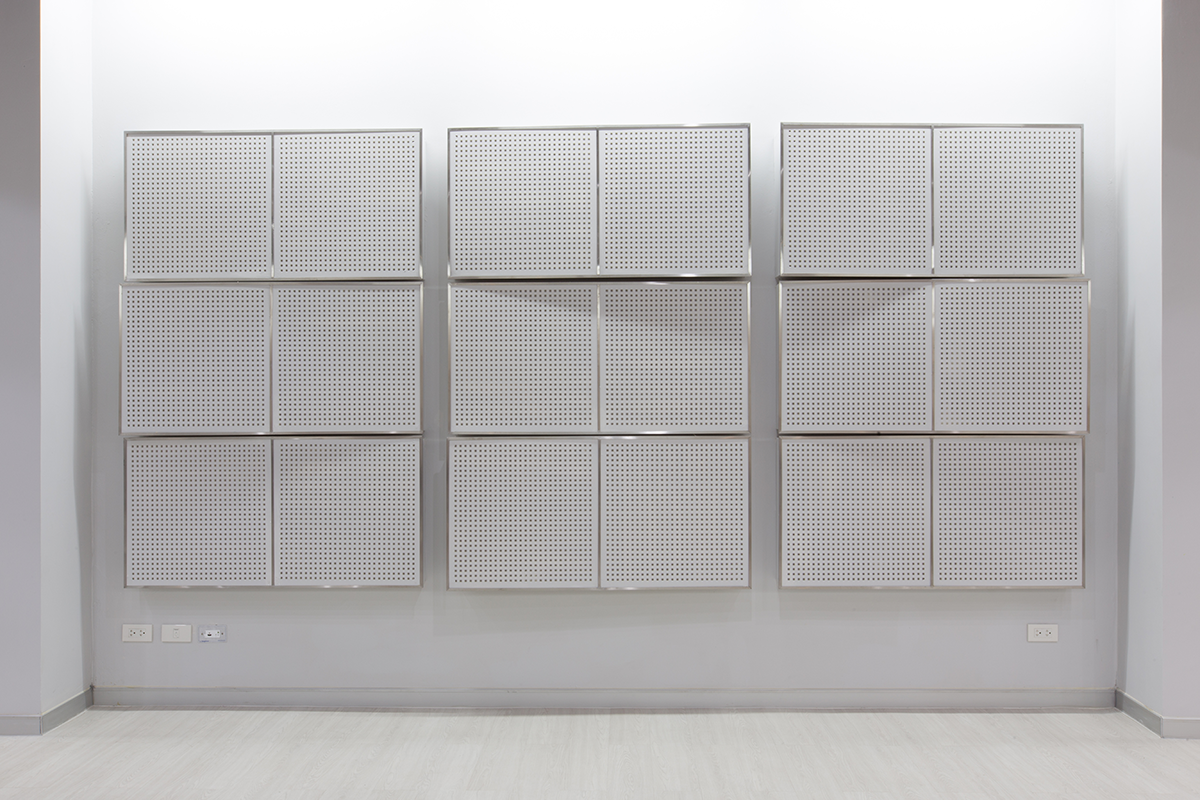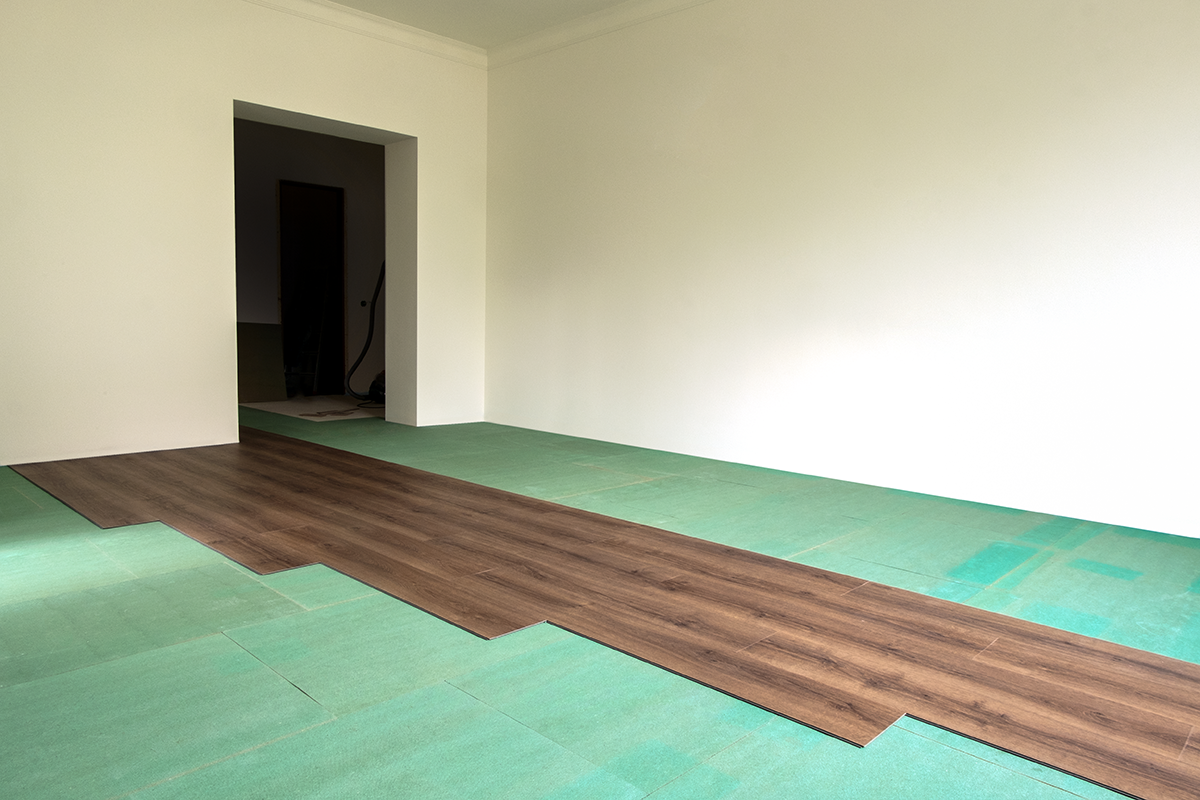A soundproof apartment ceiling has its own share of challenges. For many apartment dwellers, it’s easy to hear every step that your neighbors take above your head from the noise that comes from the ceiling. If you want to play musical instruments or host a party with lots of friends, you have to worry about being too loud and having a neighbor report you for violating the community’s noise ordinances.
Fortunately, there are some steps that you can take to soundproof your apartment ceiling to minimize the noise transfer between apartments. This can make it more comfortable to live in your apartment without disruption from your neighbors. In this article, learn more about how to soundproof ceilings and some of the things that you should know about the process.
What is Soundproofing in an Apartment?
Soundproofing is the process of reducing the amount of sound that travels through a building. It’s usually used to reduce the level of noise that travels through a wall, roof, or ceiling. In residential settings, soundproofing is usually used to reduce the sound that travels between two apartments. One type of soundproofing places materials in-between places where people live. This involves separating the rooms to reduce the sound that travels between them. There are many ways to soundproof an apartment ceiling.
Reasons to Soundproof Your Apartment Ceiling
A soundproofed ceiling may not be used as much as other types of soundproofing, but it has some benefits that make it an important part of soundproofing in apartments.
Probably the best reason to soundproof your apartment ceilings is that it helps you to sleep better at night. When you live in a home with noisy neighbors, sleeping can be disturbed even when the noise keeps outside noises to a minimum. Soundproofing your ceiling will make it more difficult for your neighbors’ noise to transfer into your apartment.
You also want to soundproof your ceiling to get some quiet time in the evening when you want to read a book or talk with someone on the phone. You can’t always do that when you live in an apartment where you have noisy neighbors walking above your head. Soundproofing your ceiling will help keep their noise from impacting you or disrupting the peace of mind that you need in order to relax.
Another reason that you want to soundproof your ceiling is to reduce the noise that people make above your head. If you’re in a band or if you have a lot of people over for a party, you don’t want those noises disrupting others outside of your apartment. Reducing the amount of noise transfer between apartments reduces the complaints that you’ll get from your neighbors about the loud noises.
How to Soundproof Apartment Ceilings
There are different strategies that you can use to soundproof your apartment’s ceiling. First, you want to start by taking simple steps to soundproof your apartment overall. Instead of having bare walls, consider adding bookshelves. Having the extra mass on the walls can help to stop or limit the sound overall. This is very similar to soundproofing apartment walls.
Then you can also install weatherstripping around doors and windows, add carpets, and invest in sound dampening curtains. While this will not directly limit the noise coming from the ceiling, it will have an impact on the overall noise that enters your space. None of these steps require permanent installation, so it is a great first step for renters who would need permission from their landlord to pursue other options.
Installing acoustic panels, mass loaded vinyl, and insulation can further reduce the noise coming through apartment ceilings. Acoustic panels are one of the best options for soundproofing apartment ceilings. They come in a variety of forms and sizes, including ones that have an inexpensive foam core and ones that are studded with high-density foam. If you’re uncertain what acoustic panels to buy, consult with a professional in your area about the best options for your apartment. When installing them on the ceiling, make sure the installers use heavy-duty construction adhesives to secure them into place.
Most apartments require a combination of soundproofing products to truly limit the noise. Working with soundproofing installers means that they can create a customized plan for your space. Soundproofing 101 includes deciding which products are right for each room in your apartment.
Types of Soundproofing in an Apartment
You have many different options when it comes to soundproofing your apartment ceiling. The type of soundproofing that you choose will depend on the noise levels that you want to reduce and how much it will cost to do the work.
One common way to soundproof your apartment ceiling is by adding a layer of a material over your existing ceiling. This helps to prevent the sounds on one side of the ceiling from traveling to the other side. Commonly used materials include a layer of rubber, fiberglass, or egg crate foam. However, if you rent your apartment, your ability to add permanent structures like this to the walls and ceilings may be limited.
Some common types of soundproofing available for ceilings include:
- Soundproof insulation
- Mass loaded vinyl MLV
- Soundproof drywall
- Viscoelastic compound
- Resilient isolation channels
- Sound dampening sheets
- Acoustical caulk
- Acoustic foam
- Spray foam
- Resilient isolation clips
The right combination for your apartment’s ceiling will depend on a number of factors. This includes the size of the space, the type of noise you want to block, and what the ceiling is made from. If you rent, your options to soundproof apartment ceilings might be limited to products that can easily be removed from the ceiling when it comes time for you to move. However, some landlords are fine with you paying to add improvements to the apartment.
If you want to soundproof your apartment, you can do so by installing ceiling panels or tiles. Office Soundproofing requires installing soundproofing products, and insulating the ceiling. These techniques will help you reduce the noise that travels through your ceiling and walls. Soundproofing your ceiling can make it easier to host parties and play loud instruments without disturbing your neighbors.


